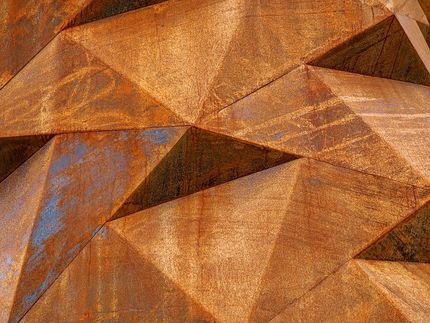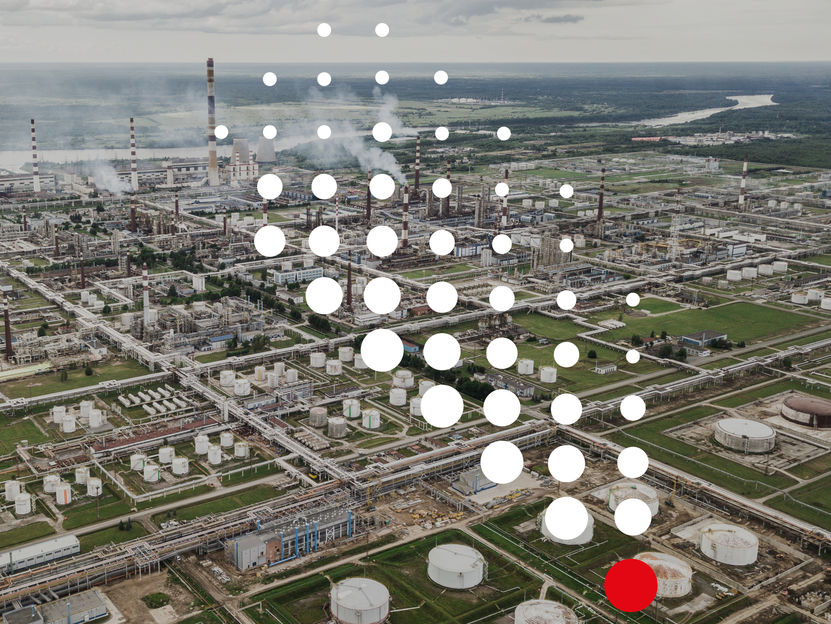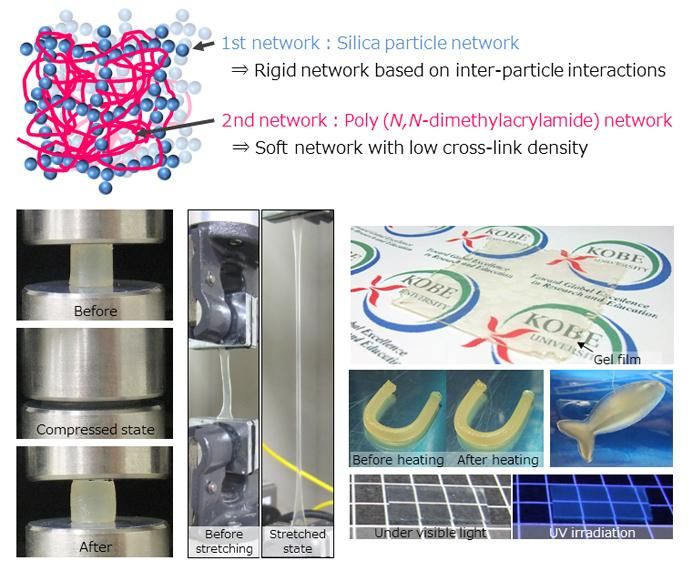Slim steel - strong and safe
A material made from a few readily available components is very strong in tension and is nevertheless highly formable
Until now, developers of steels have had to make a choice: Either they increase the tensile strength of the material and usually accept that their material becomes relatively brittle. Or they rely on the fact that the steel can be strongly stretched and thus absorb a lot of energy in the event of an accident, for example, in which case the strength suffers. Until now, if they wanted to optimize both properties, they had to mix many, often expensive and poorly available elements into the steel and process it in a complex manner. Now an international team, including scientists from the Max Planck Institute for Iron Research, has found a way out of the dilemma. They have developed a steel that contains a few relatively readily available elements and is both very strong in tension and deformable. The material can absorb twice as much energy as steels commonly used today and could therefore be used in automobiles, for example.

Tensile strength of the two steels with structured martensite (forging alloys A and B) compared to other ultra-high strength steels.
© Science, Volume 379, Issue 6628
Vehicles, buildings, infrastructures - all unimaginable without steels. However, the steel used must have very different properties depending on the application. That's why there are around 2,500 steel grades on the market, and new ones are constantly being developed or existing ones optimized. Material scientists are currently trying to optimize three properties in particular: Sustainability, strength and formability. At the same time, they have to take into account the manufacturing costs and industrial applicability of the steels they develop and steer clear of critical alloying elements, i.e. develop chemically lean alloys that make do with low-cost and more sustainable elements. A research team, mainly from China's Northeastern University and the Max Planck Institute for Iron Research in Düsseldorf, Germany, has now used a new approach to improve the properties of medium manganese steels, which contain relatively little expensive manganese but usually fail to achieve optimum levels of tensile strength and ductility. The team published the latest results in the journal Science.
"Ultra-high-strength steels are used, for example, in safety-relevant components in power plants, aircraft, industrial plants or even car bodies. There, the steels must be strong, but at the same time be able to absorb a high level of energy in the event of deformation," explains Dierk Raabe, director at the Max Planck Institute for Iron Research. "The more energy absorbed, the more the impact is softened and the occupants remain protected." However, strength and ductility - the deformability that affects energy absorption capacity - can only be combined to a limited extent. So-called maraging steels achieve a very high strength of two gigapascals, they can be processed well and are used for heat-stable tools, for example. However, they are relatively brittle, i.e. they do not elongate well, and they contain expensive alloying elements such as cobalt, nickel, molybdenum or titanium, which are only available in limited quantities and are not very sustainable. Dual-phase steels, on the other hand, consist essentially of a component that is readily ductile, but contain islands of a material called martensite, which increases strength. Therefore, such steels have similar strength but can be stretched by more than 15 percent. However, their processing is complicated and thus costly, and they deform irregularly. All the ultrahigh-strength steels used have one thing in common: Their martensite microstructure is not specifically structured at the microlevel. Although the microstructure increases strength, the lack of structure reduces the material's ductility.
Processing optimizes the microstructure
"Our design strategy deals with exactly this weak point: the structure of the martensite. Through multiple forging, treatment under cryogenic conditions and quenching and tempering, we were able to activate numerous micromechanisms that strengthen the material and make it more ductile," Raabe explains. As a result, the new medium manganese steel achieves a tensile strength of 2.2 gigapascals and can still be stretched by 20 percent.
The scientists analyzed how the individual processing steps affect the structure of the material and what order results at the atomic level with the aid of transmission and scanning electron microscopy as well as atomic probe tomography. According to the results, the processing changes the microstructure of the material on the one hand and causes it to be folded like lamellae on the other. "The lamellar structure is reminiscent of a typical Damascus steel, which gains strength by folding and combining different iron alloys," Raabe says. In contrast, he says, the new steel contains only one alloy, but exhibits a similar hierarchical order in its structure. The special microstructure can be given to the material using standard industrial processes. The team will therefore now try to make other alloys stronger and more ductile through such processing.
Note: This article has been translated using a computer system without human intervention. LUMITOS offers these automatic translations to present a wider range of current news. Since this article has been translated with automatic translation, it is possible that it contains errors in vocabulary, syntax or grammar. The original article in German can be found here.

































































